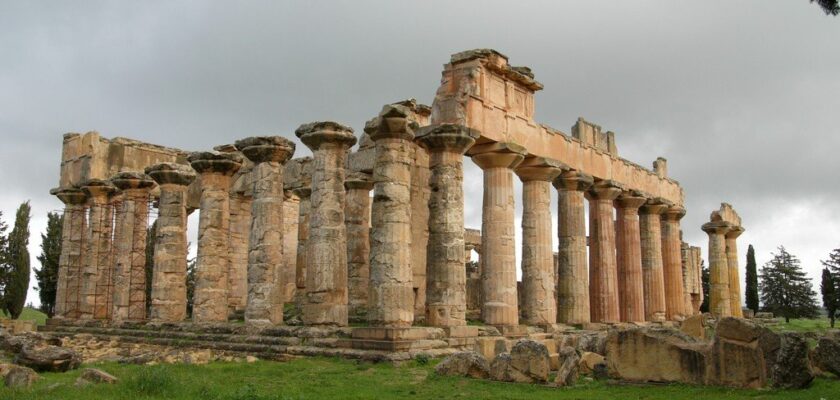Ancient city of Cyrene
Cyrene, an ancient Greek city, the largest of the five cities in the region, is located in a picturesque valley near Jebel Ah Dar mountain, offering stunning views of the Mediterranean Sea. Today it is an important archaeological site near the village of Sharad.
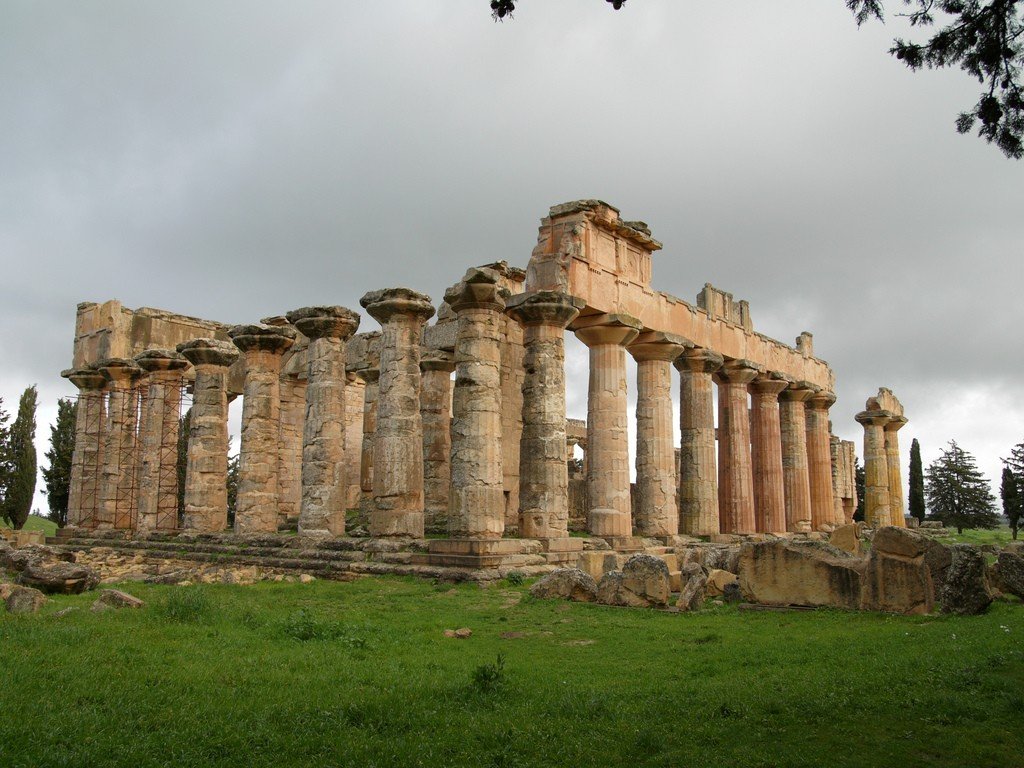
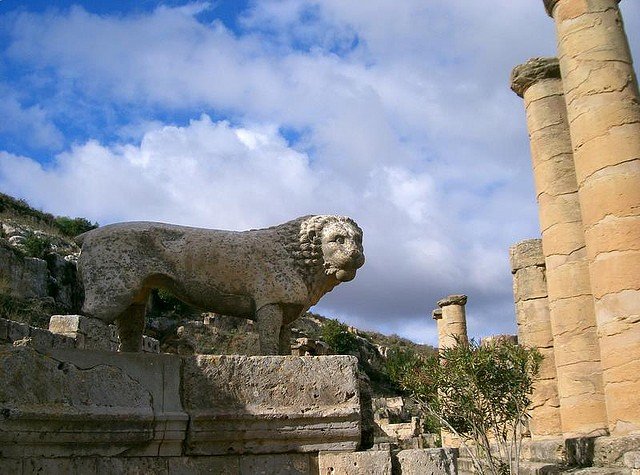
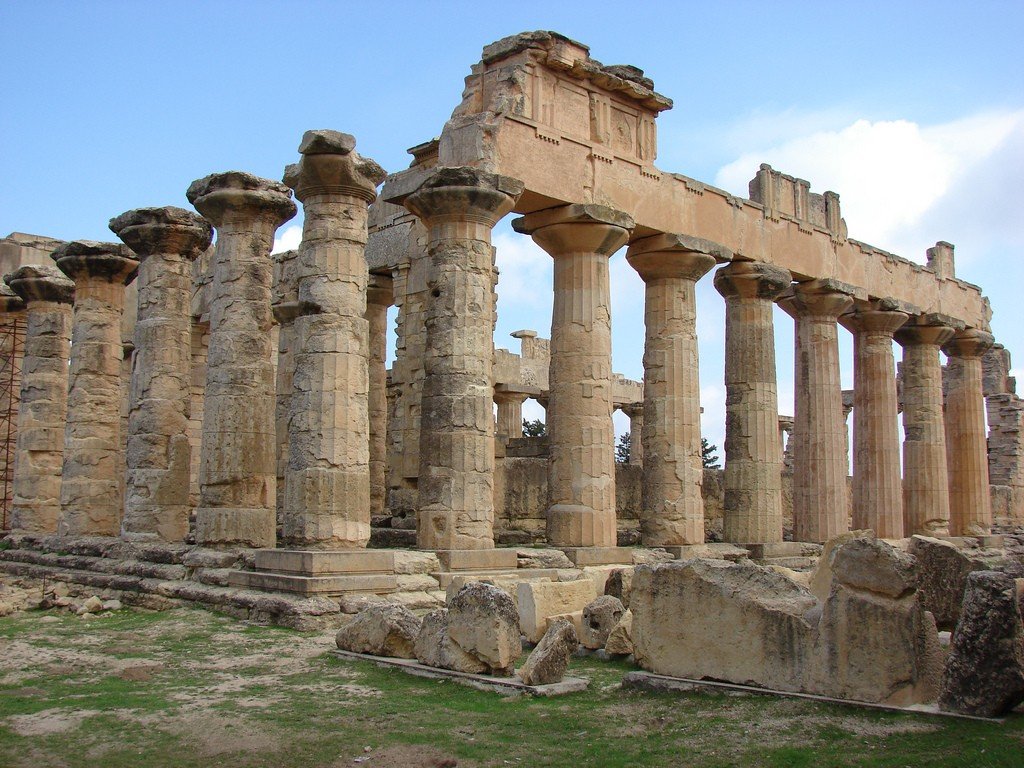
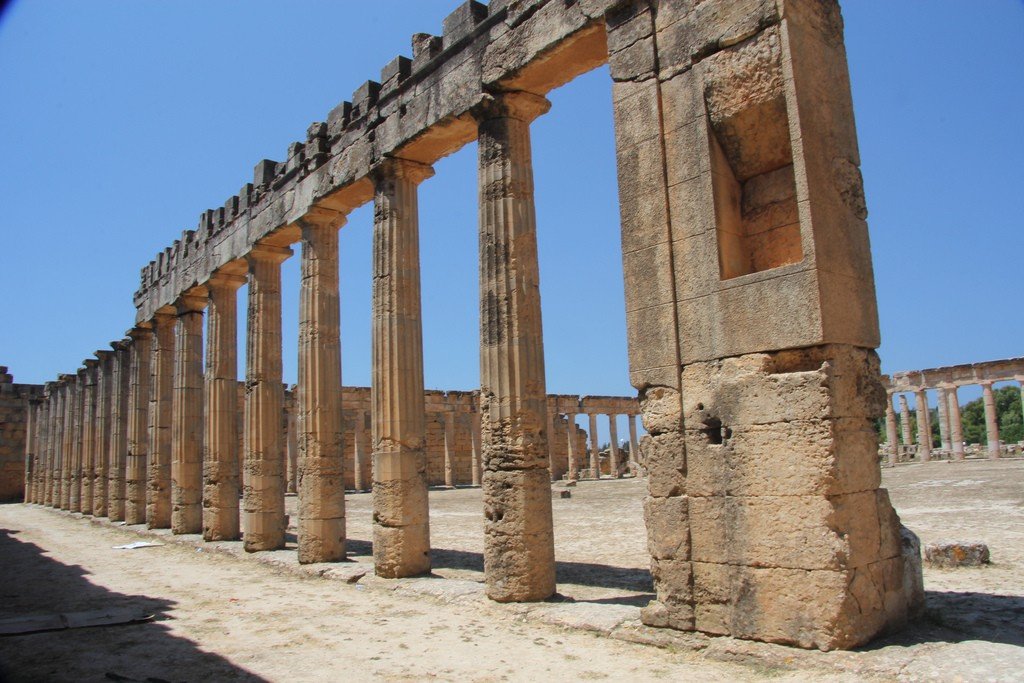
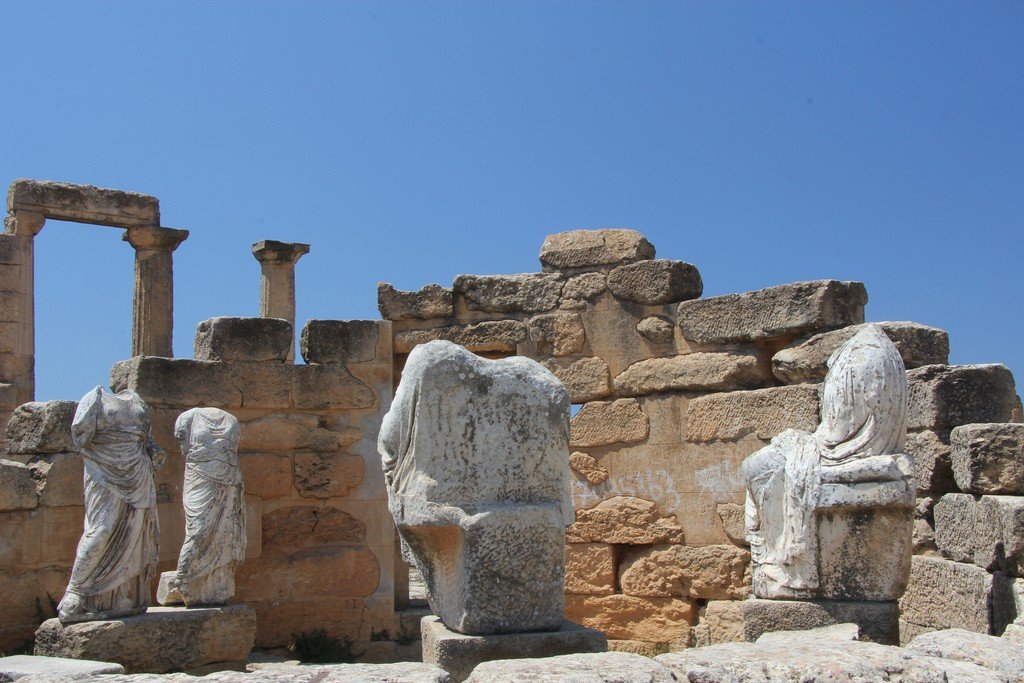
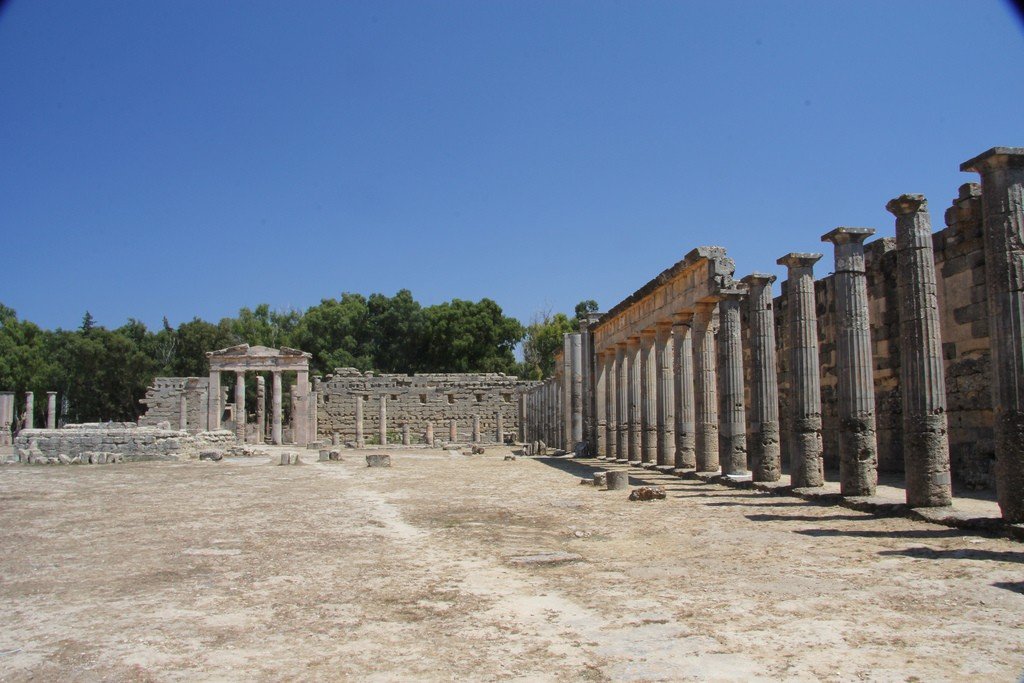
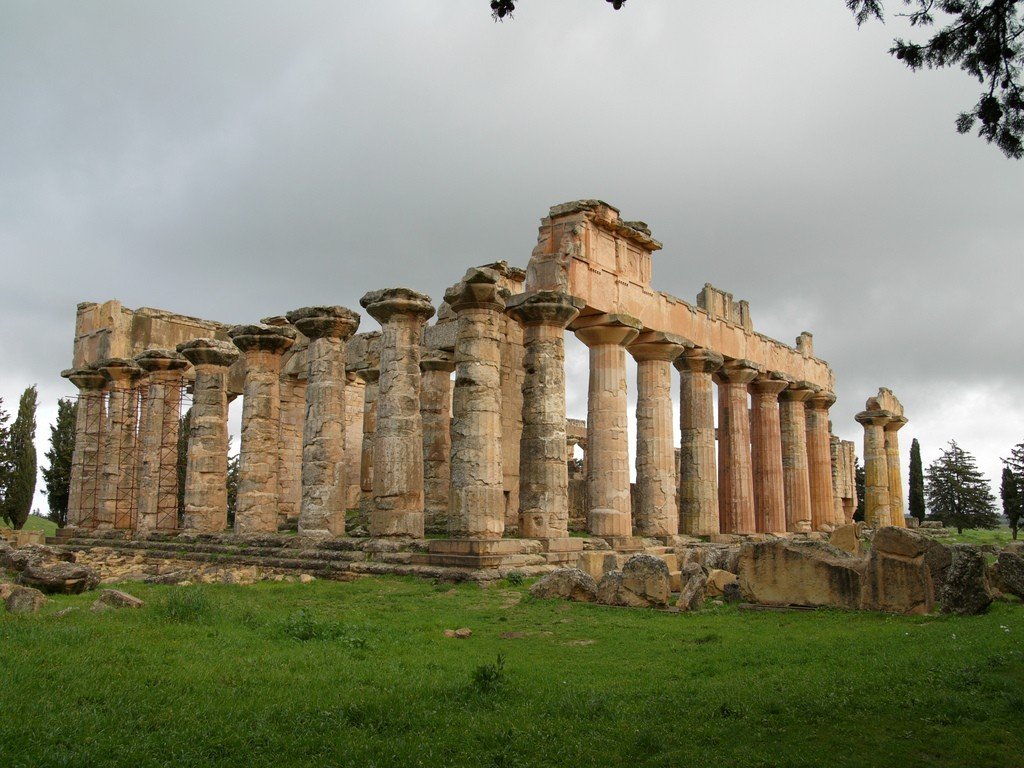
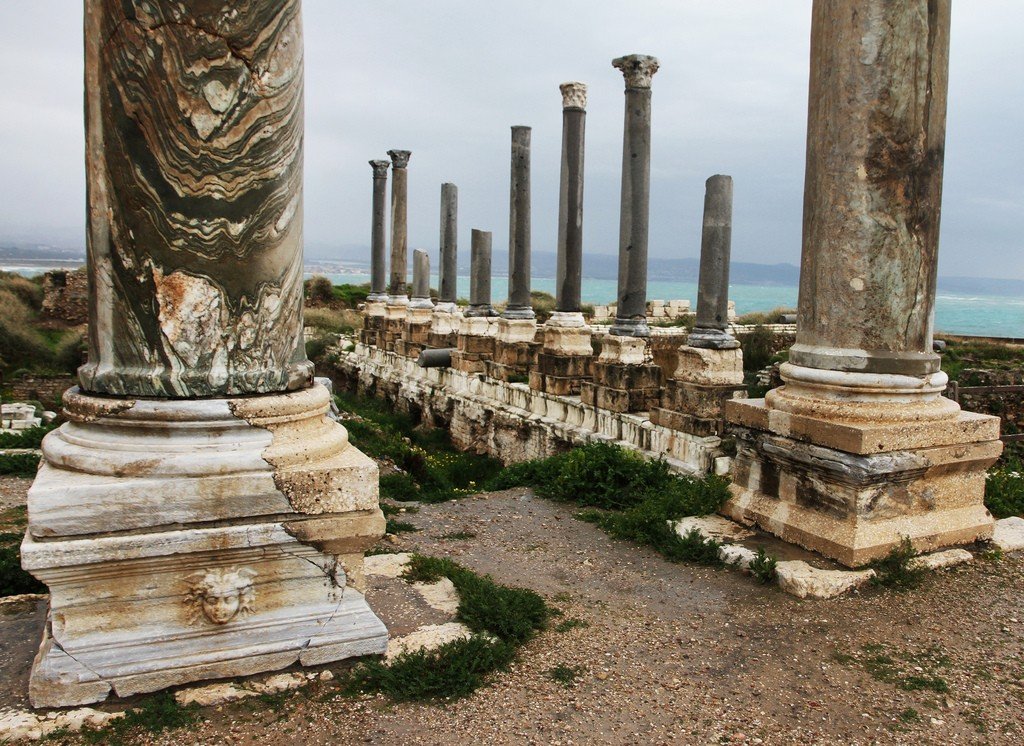
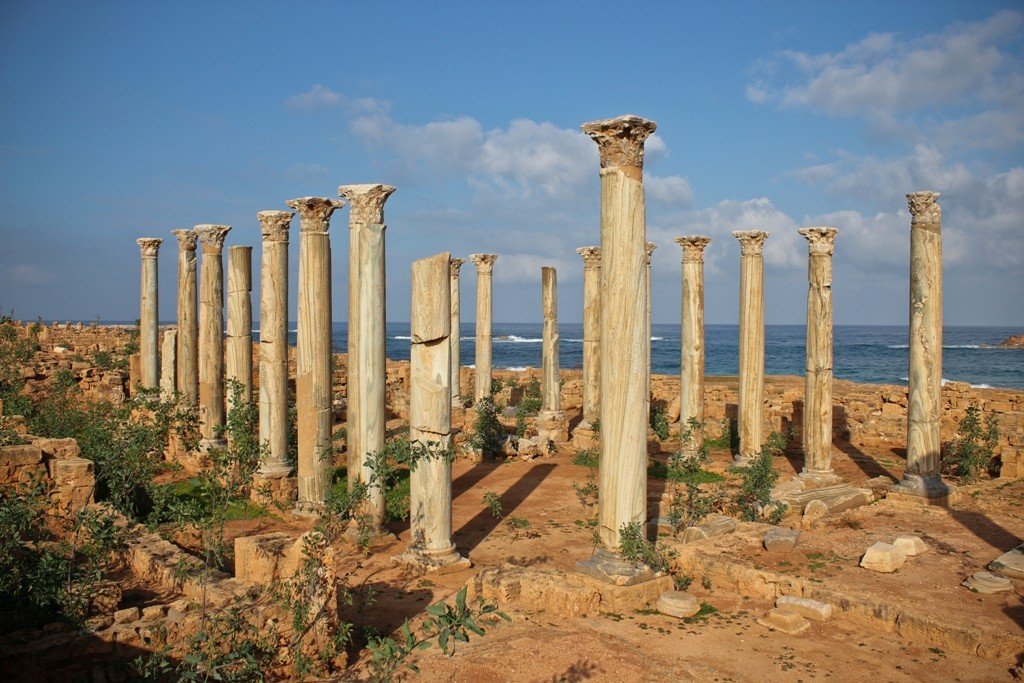
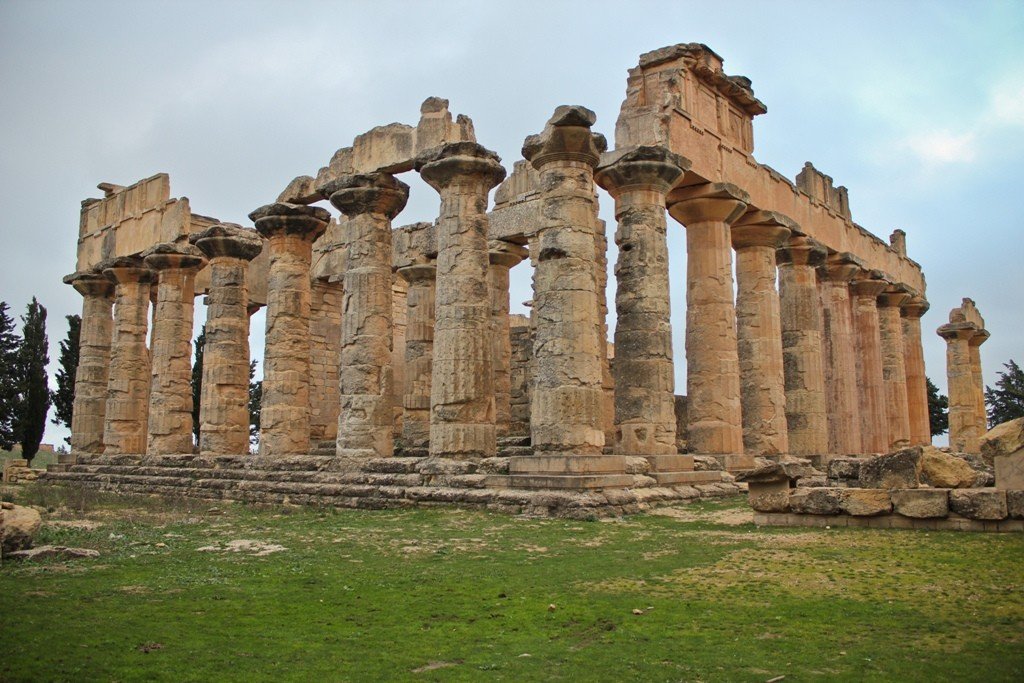
General Information
In Cyrenaica, more than 76 Roman statues dating back to the 2nd century were discovered in 2005. Archaeologists believe that the temple collapsed in 365 and hid such a large number of statues under its rubble. The statues lay under rubble of stone, debris and soil for 1,600 years, protected from the effects of the weather.
.
One of the sights of Cyrene is the Temple of Apollo, built in the 7th century BC and rebuilt three centuries later. Fifty meters from the temple is the Fountain of Apollo, whose waters were once believed to bring healing to the sick.
.
To the northwest is the Roman Theater, built on Greek foundations and resembling the Greek style. The terrain around it is strikingly beautiful, with the hills immediately behind the stage receding down to the sea.
.
Other ruins include the Temple of Demeter and the partially excavated Temple of Zeus. On the road from Cyrene to ancient Apollonia is a large necropolis. Many tombs resemble temples..Cyrene occupied a strategic position between Egypt and Carthage, the city quickly became the main center of the Libyan region and quickly fell into decline after the death of Alexander the Great in 323 BC.
.The ruins, only partially excavated, are in almost perfect condition, with mosaics on the floor clearly visible and the foundations of the buildings largely intact as well. An earthquake in 365 destroyed almost the entire city, leaving it in ruins. Maybe, if you’re lucky, you’ll find your own undiscovered treasure.
.